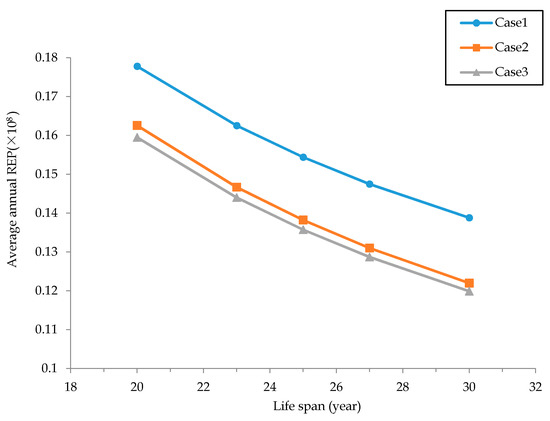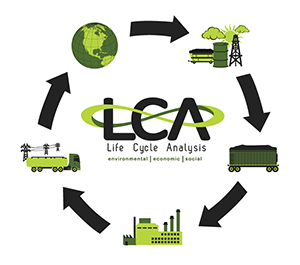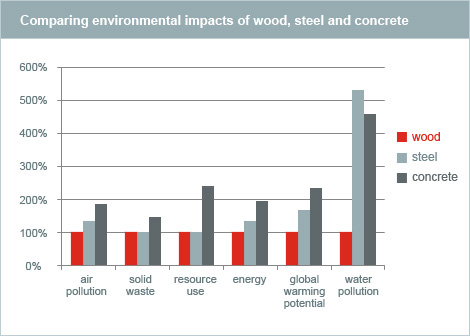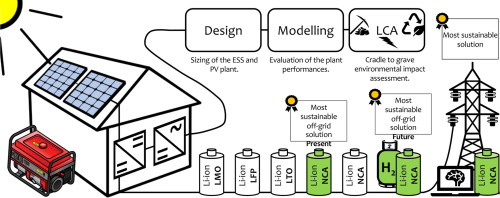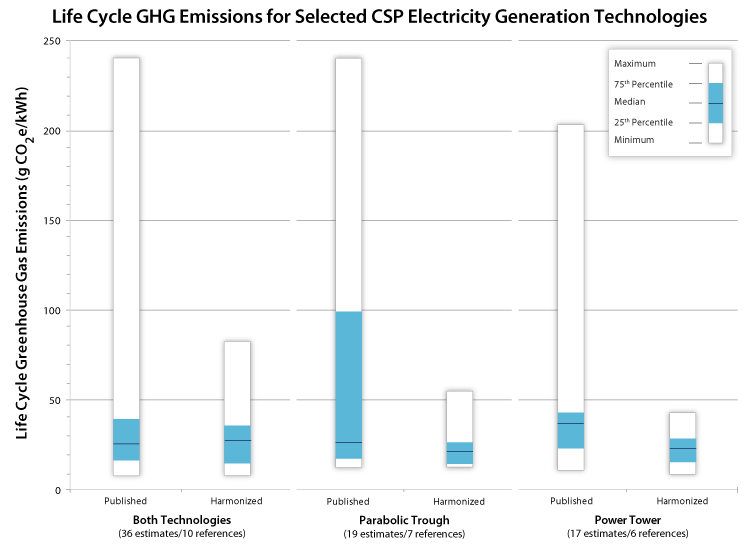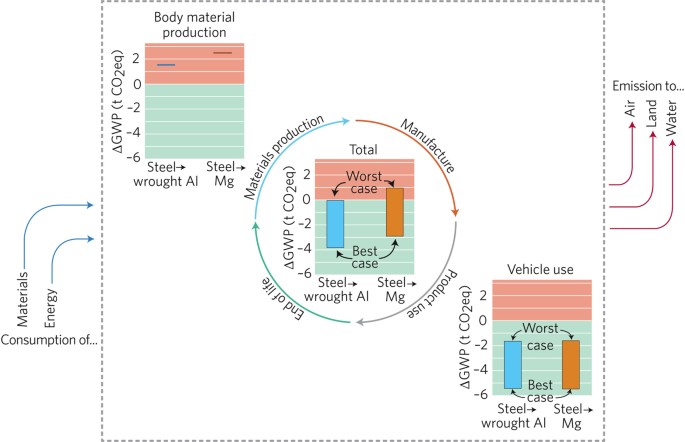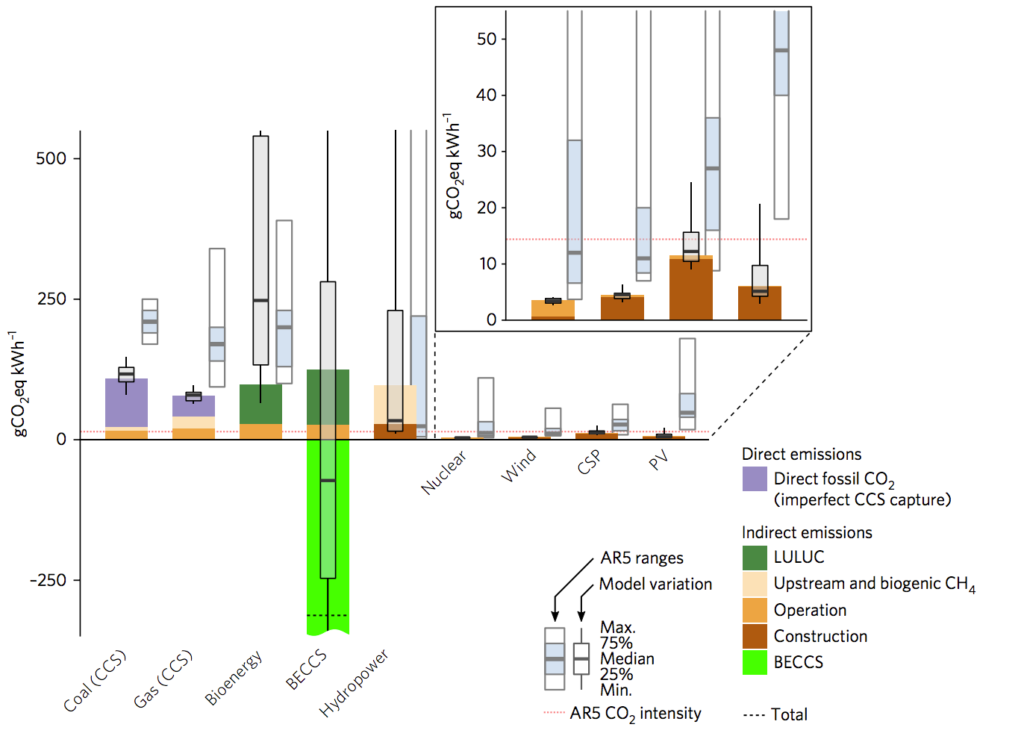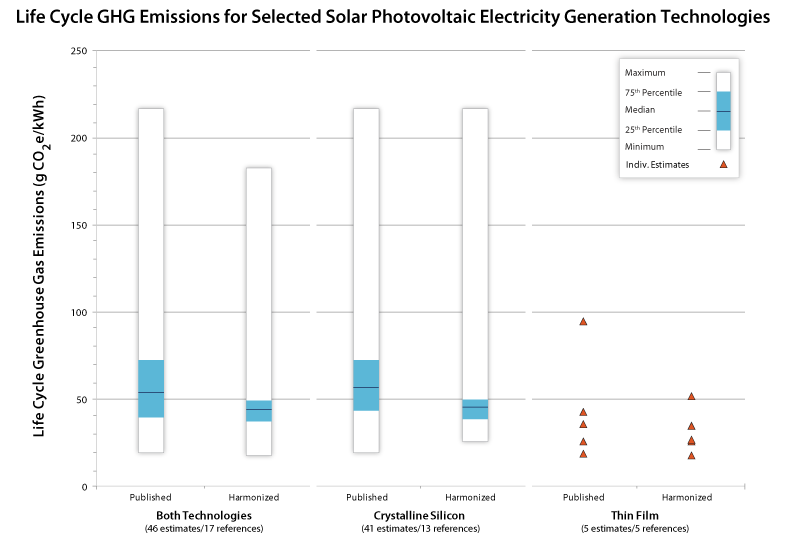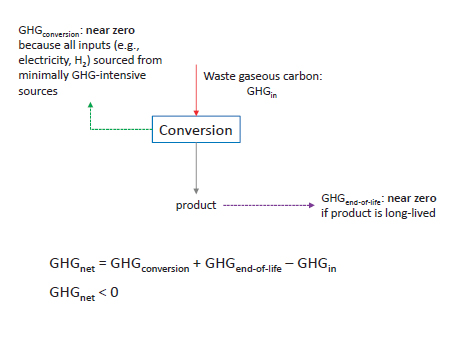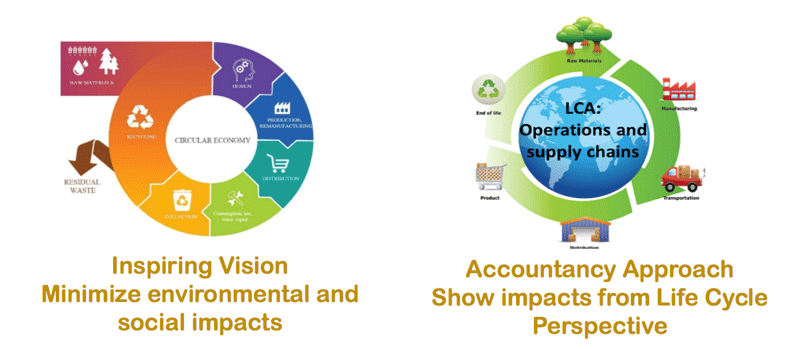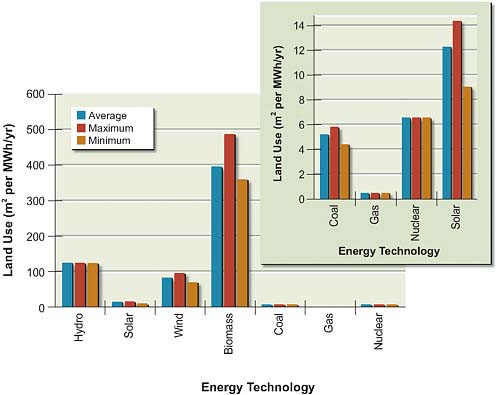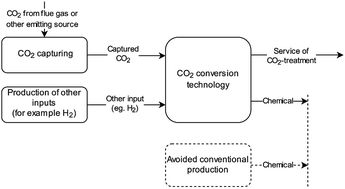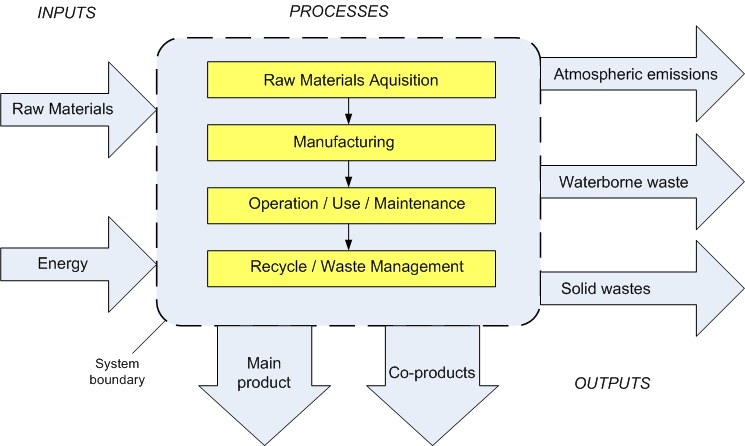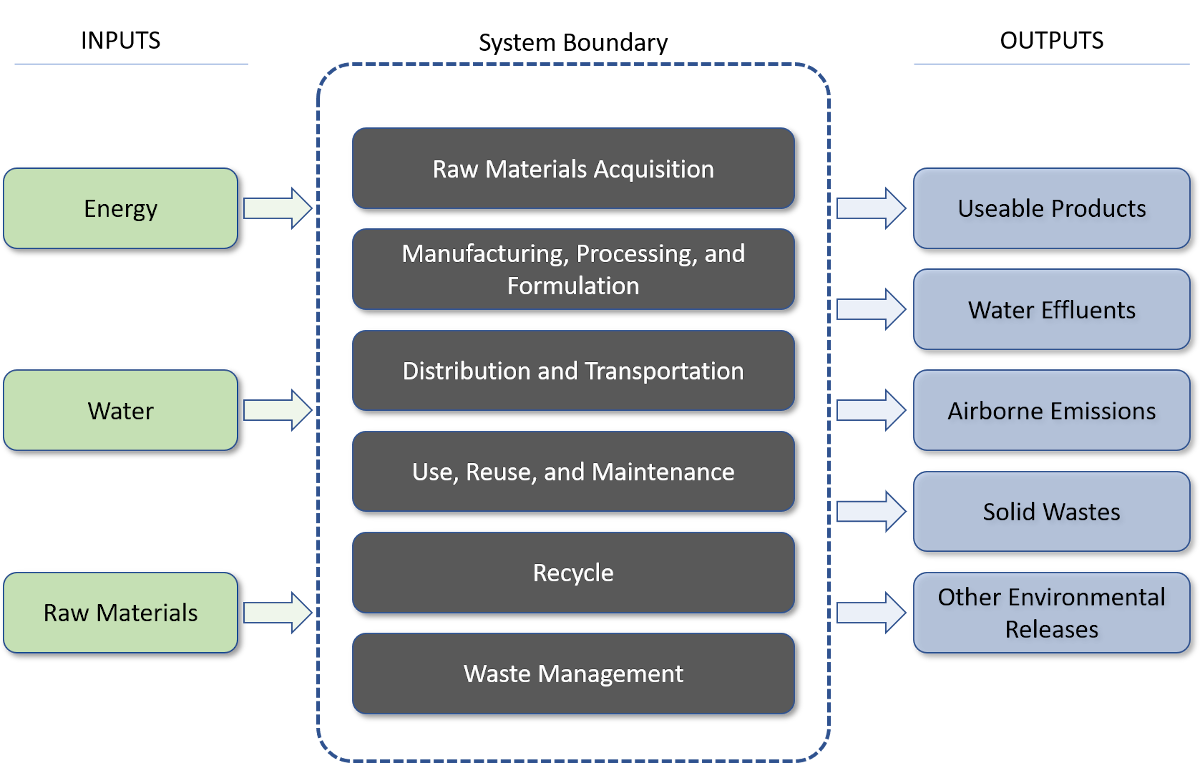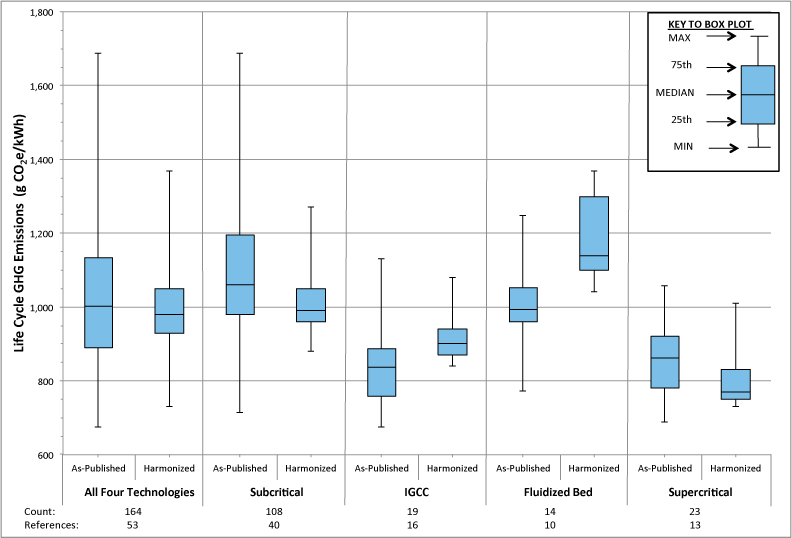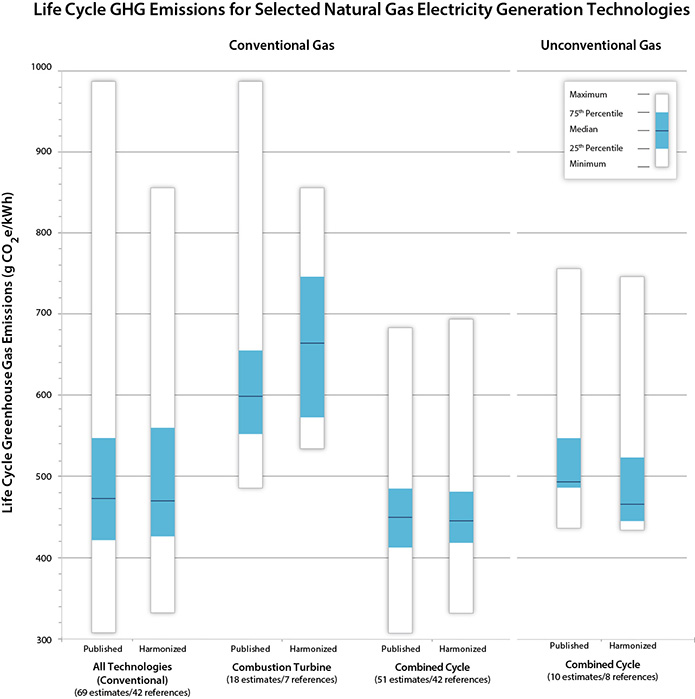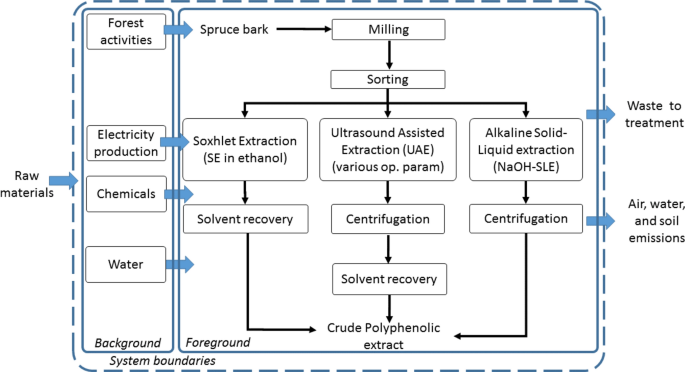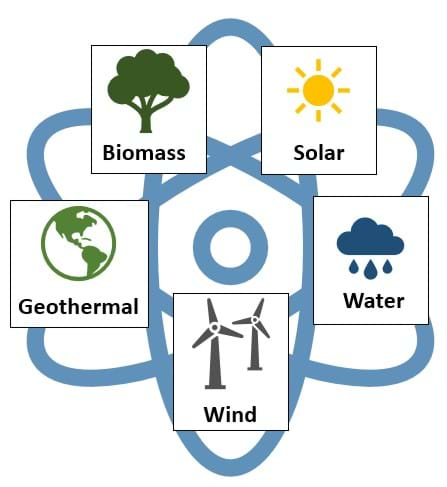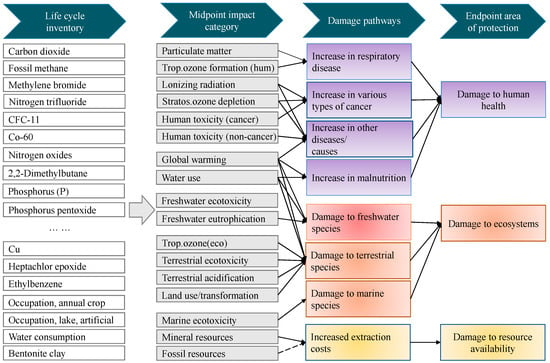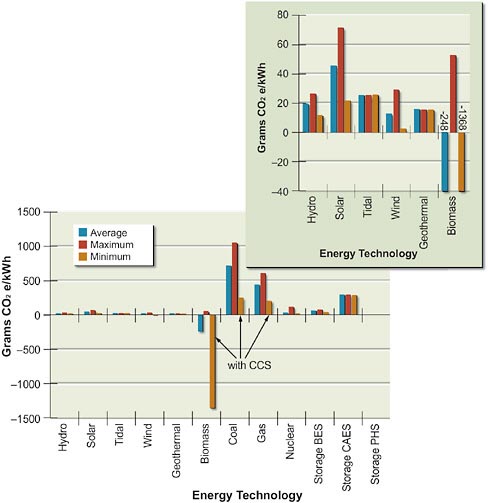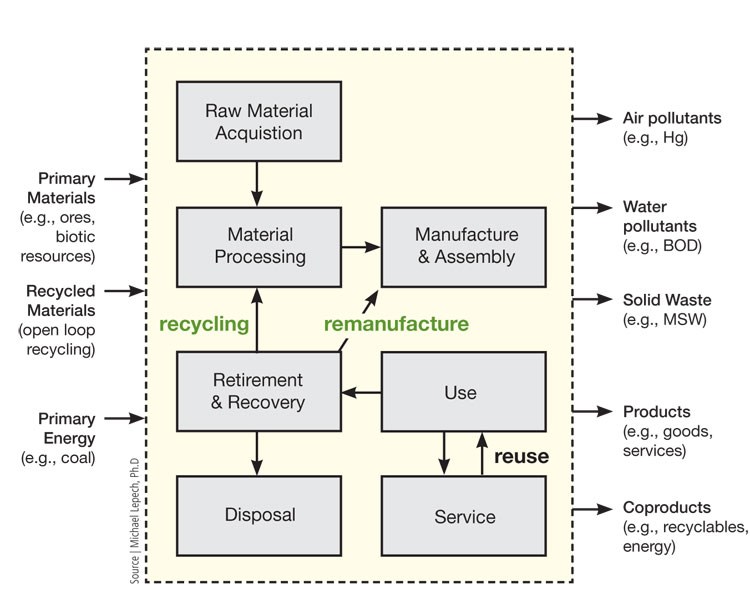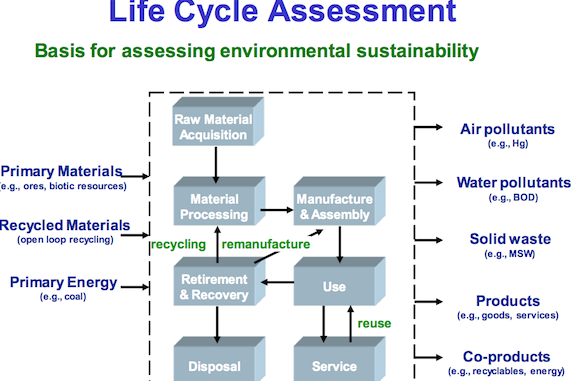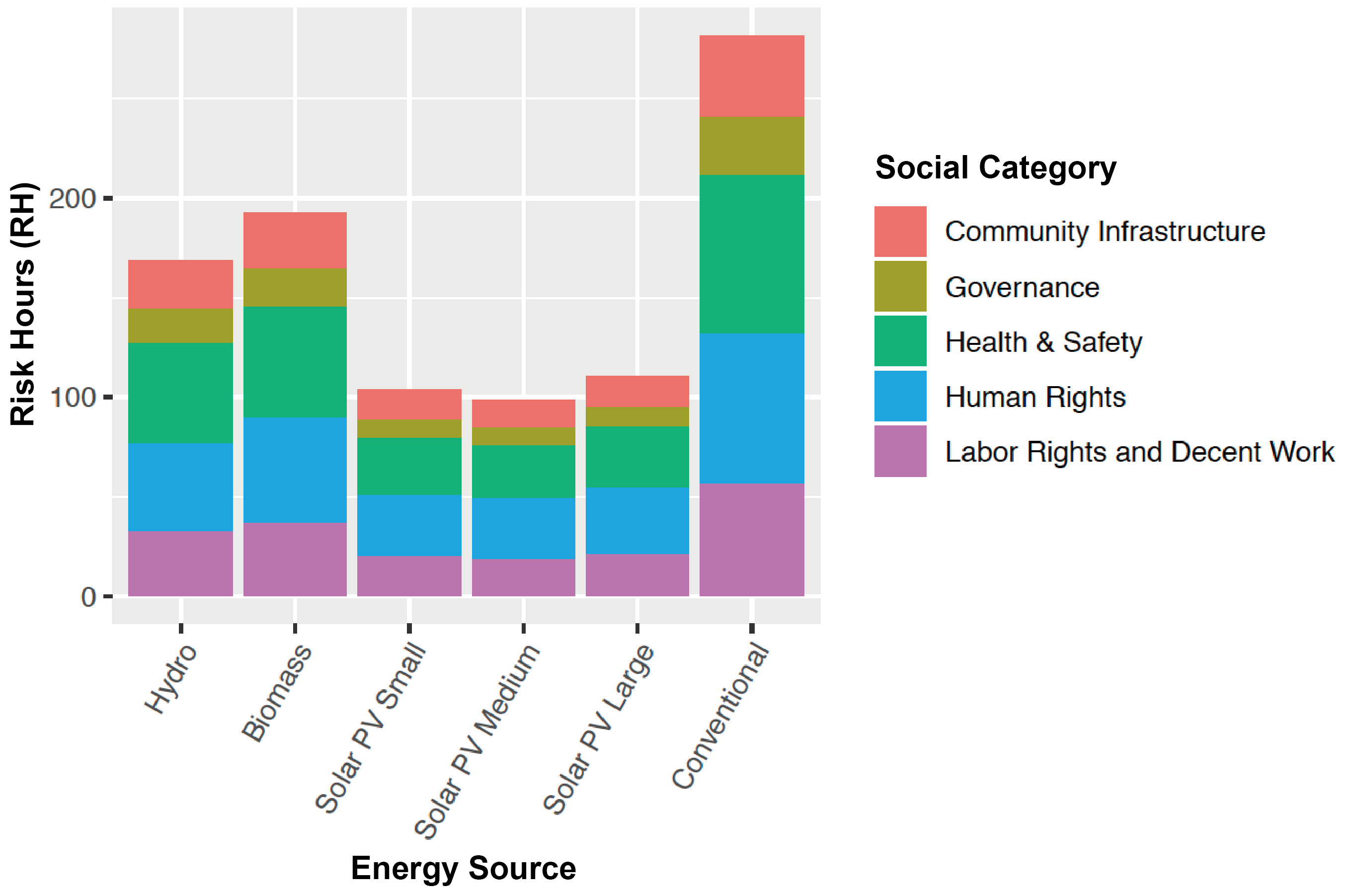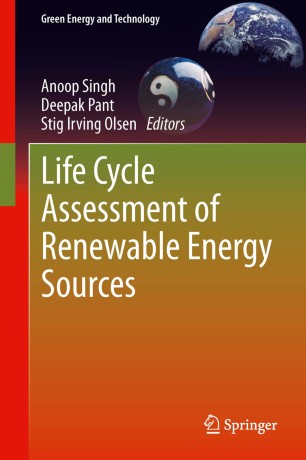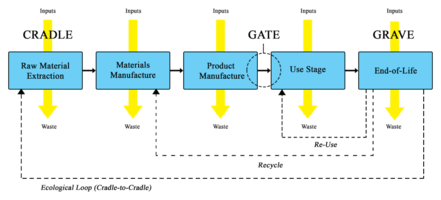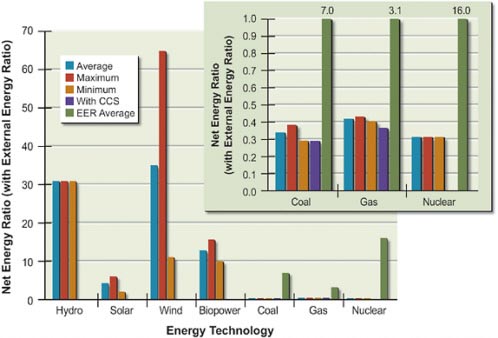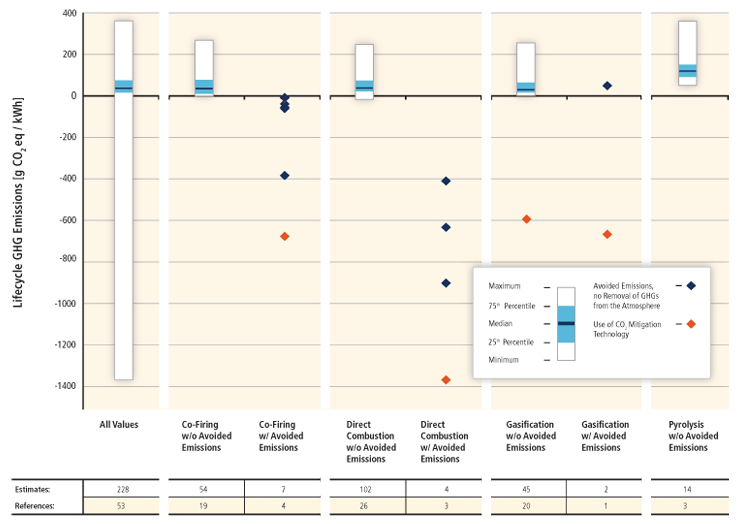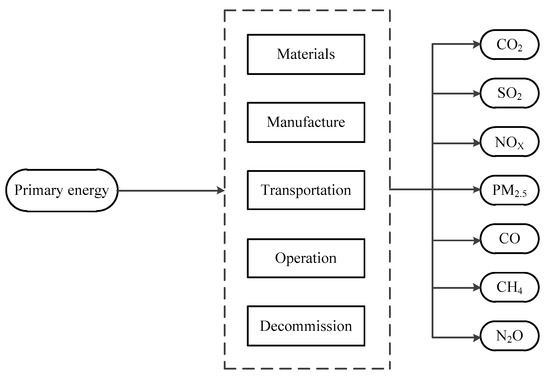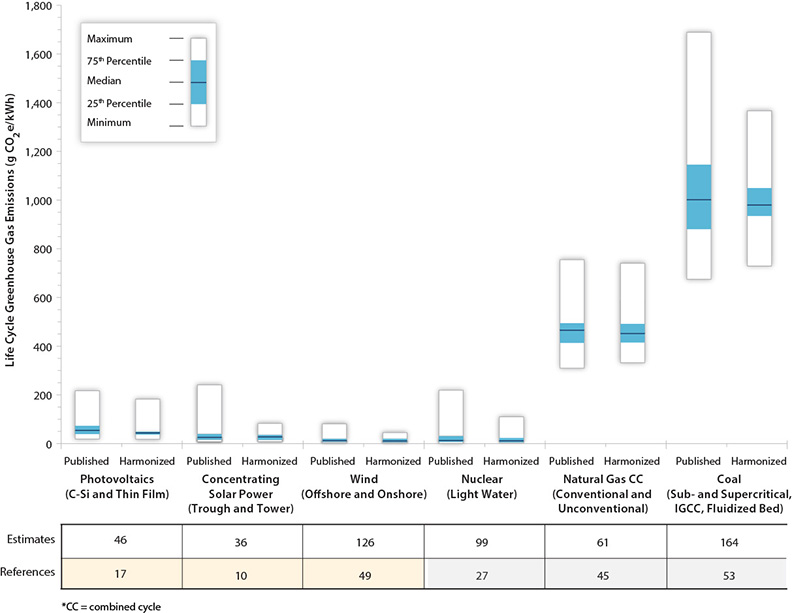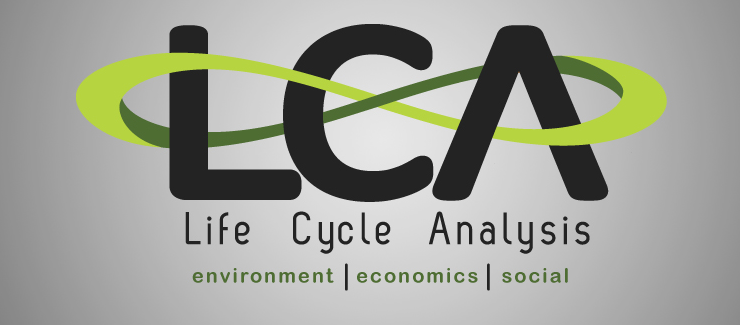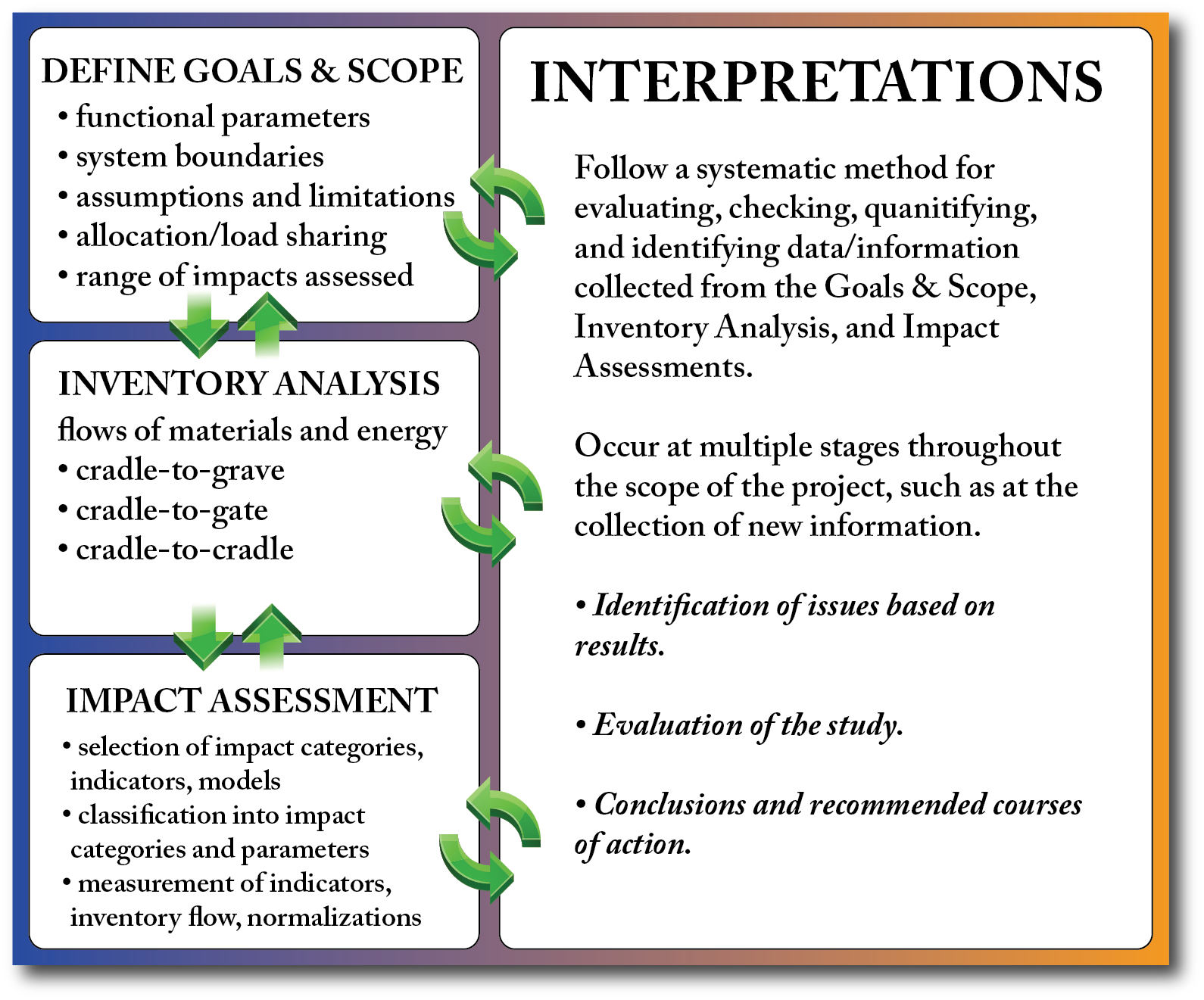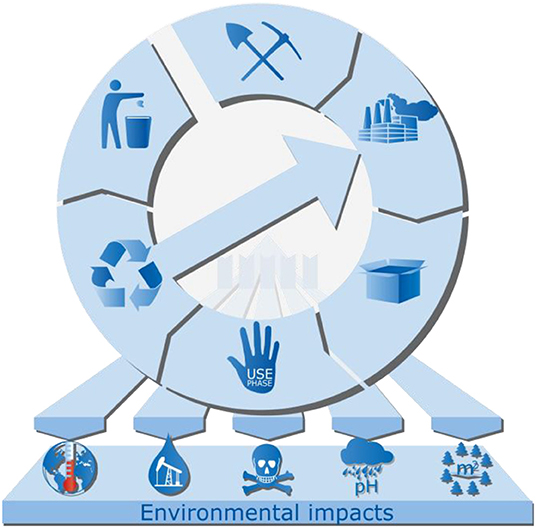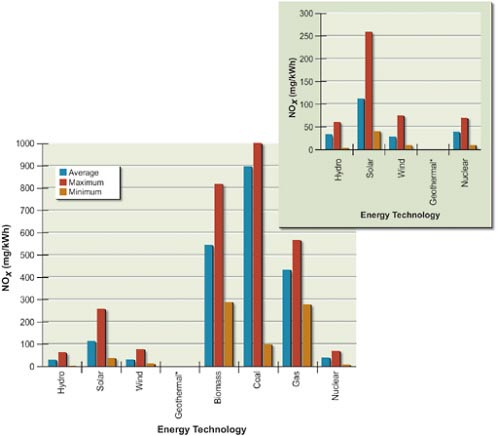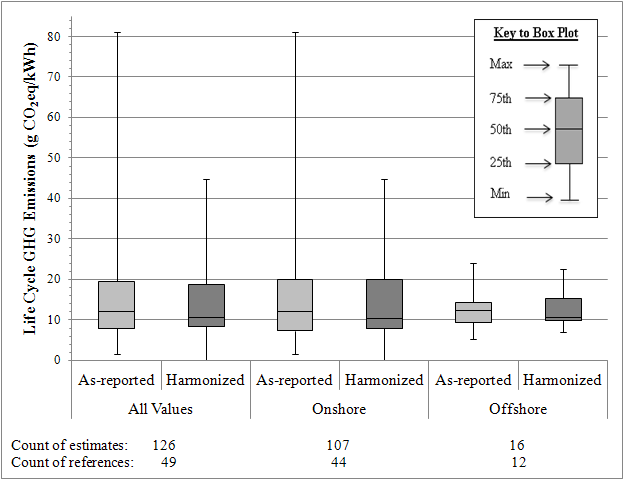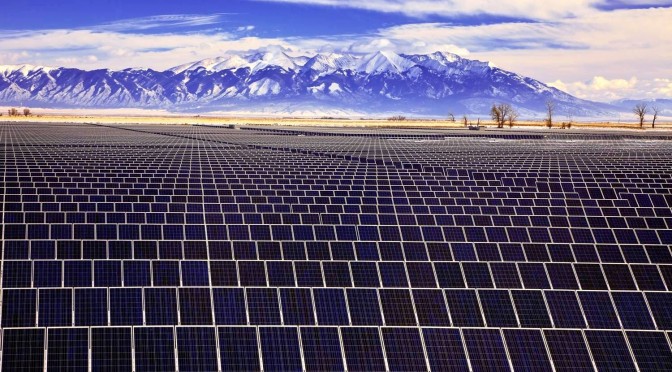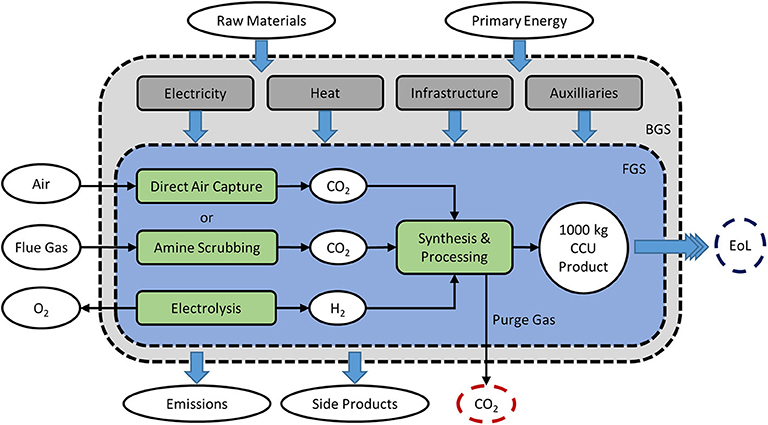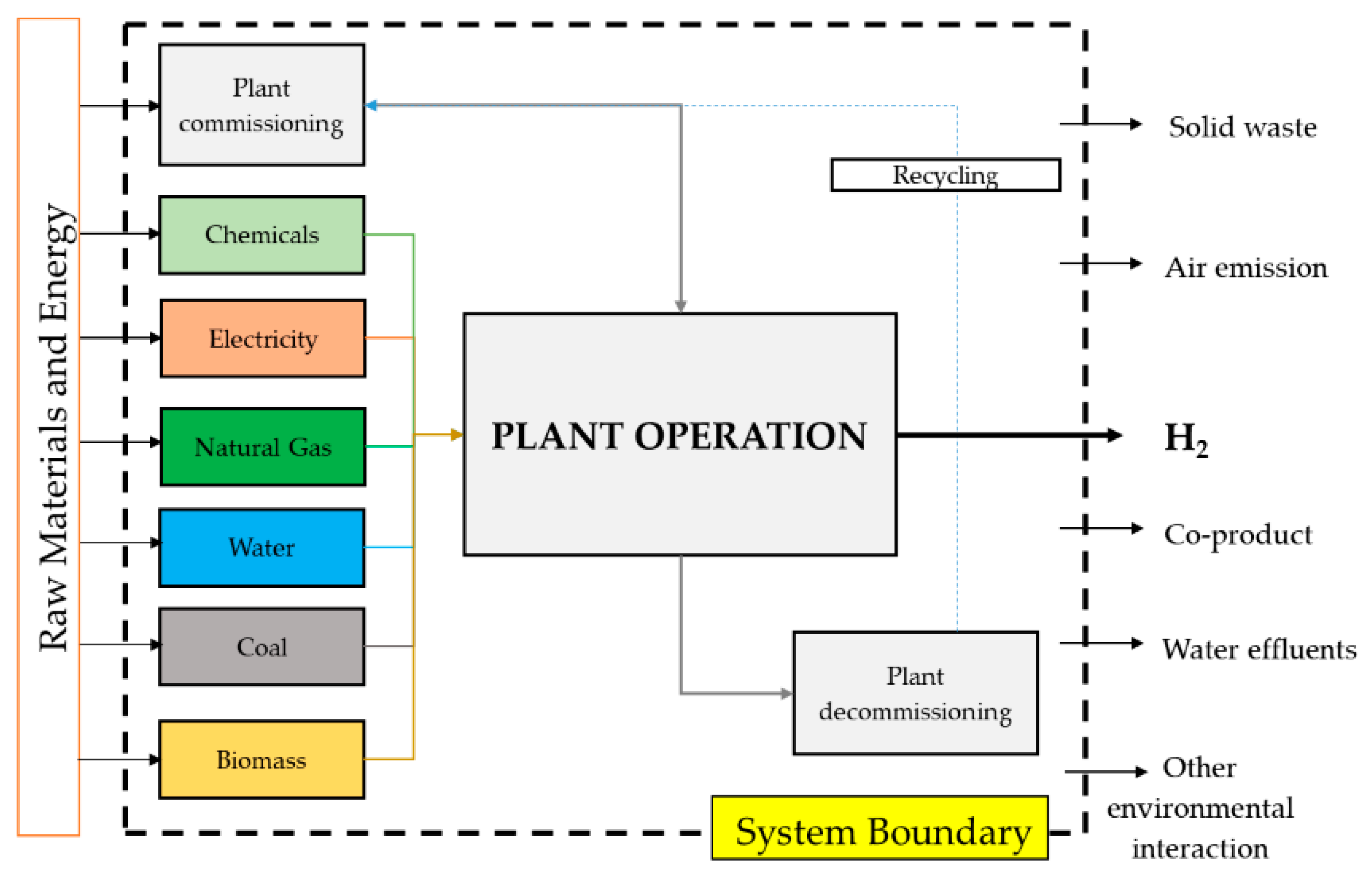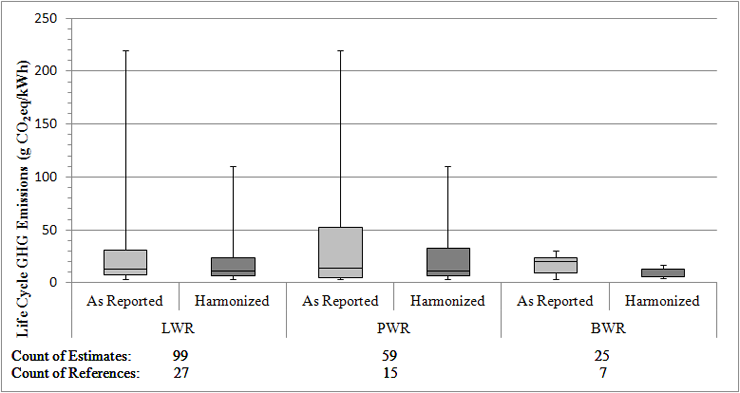life cycle assessment of renewable energy sources
While initially an energy analysis this tool has evolved to cover the environmental and social. In this project nrel reviewed and harmonized life cycle assessments lcas of electricity generation technologies to reduce uncertainty around estimates for environmental impacts and increase the value of these assessments to the policymaking and research communities. Life cycle assessment or lca also known as life cycle analysis is a methodology for assessing environmental impacts associated with all the stages of the life cycle of a commercial product process or service.
As a consequence greater attention is being placed on how the embodied carbon or carbon footprint of buildings can be measured and reduced.

Life cycle assessment of renewable energy sources. The life cycle assessment of the cobalt extraction route is carried out. Measurement of life cycle greenhouse gas emissions involves calculating the global warming potential of energy sources through life cycle assessment these are usually sources of only electrical energy but sometimes sources of heat are evaluated. The burdens imposed on the environment by human activities may be ascertained by accounting for the resources and energy inputs consumed at each stage in the life cycle of a product and the resulting pollutants and wastes outputs emitted. The findings are presented in units of global warming potential per unit of electrical energy generated by that source.
For instance in the case of a manufactured product environmental impacts are assessed from raw material extraction and processing cradle through the product s manufacture. Future studies could be carried out to reduce the environmental impacts of mining from process heat generation sources. When undertaking a life cycle assessment study the following issues need to be addressed. Integrate life cycle assessment and energy modelling to.
Renewable energy integration in heat generation systems in industrial processes is a state of the art alternative for reducing environmental burdens. As the operational energy efficiency of new buildings has been improved over recent years the relative importance of the embodied carbon impacts of buildings has increased. Embodied carbon assessment is a subset of a broader discipline called life. 1 2 moving from fossil energy to renewable energy will reduce.
All energy generation technologies emit greenhouse gases during their life cycle as a result of construction and operation. The national renewable energy laboratory nrel recently led the life cycle assessment lca harmonization project a study that helps to clarify inconsistent and conflicting life cycle ghg emission estimates in the published literature and provide mo re precise estimates of life cycle ghg emissions from pv systems.

